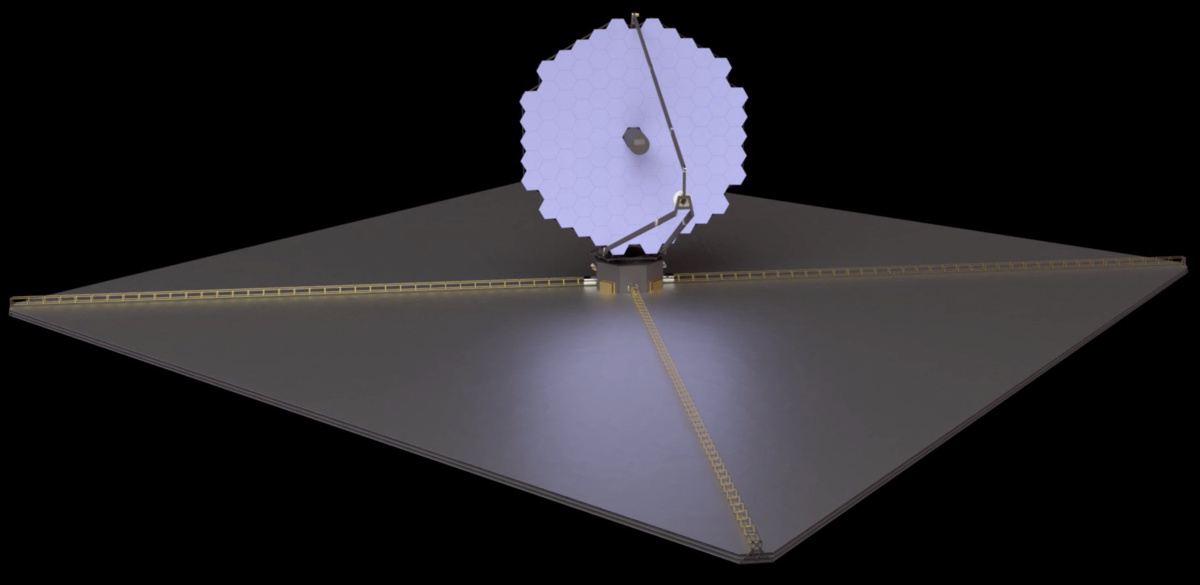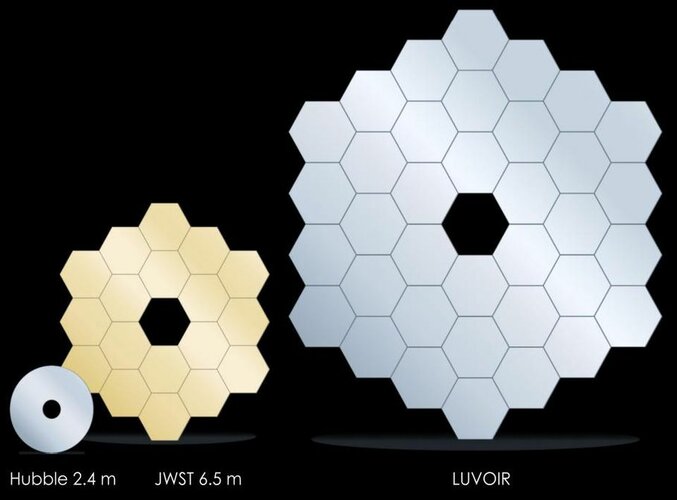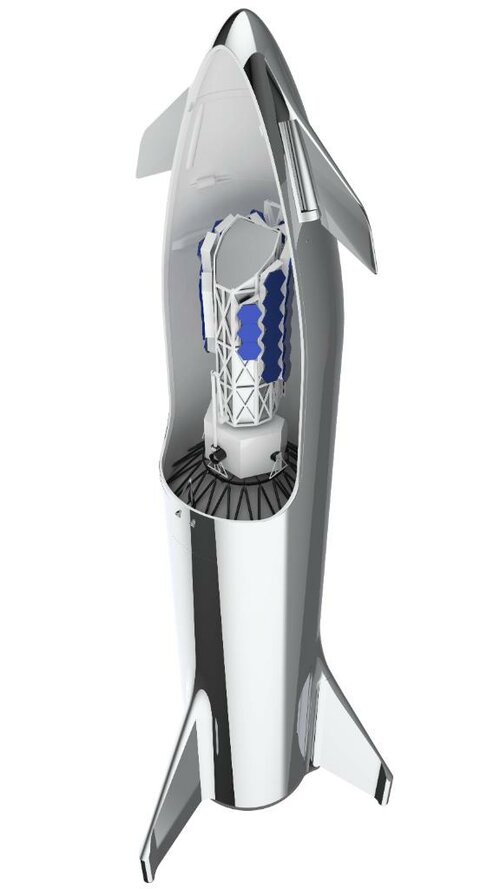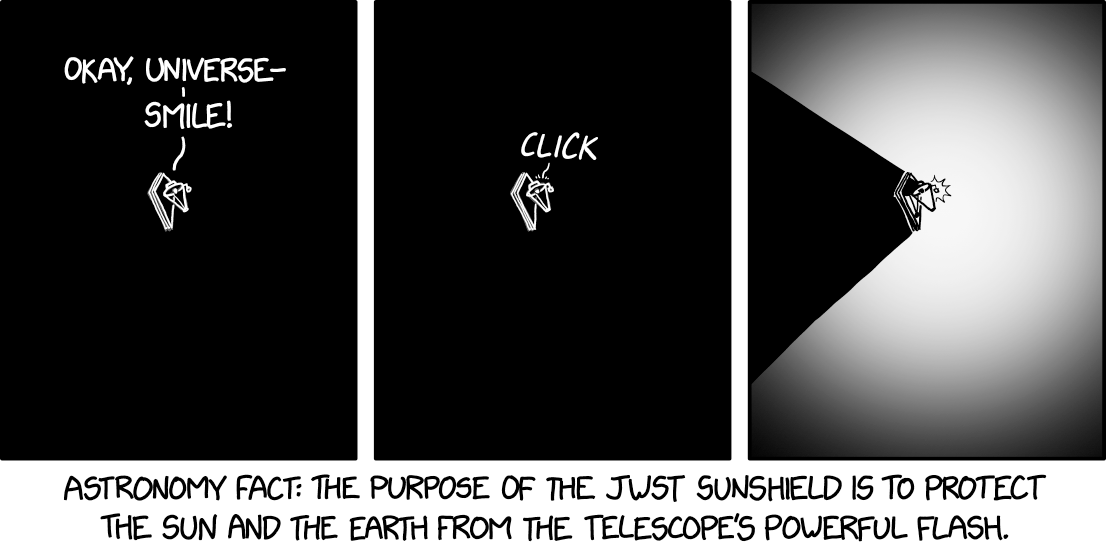- Joined
- 21 January 2015
- Messages
- 12,156
- Reaction score
- 16,372
First of Two Sunshield Mid-Booms Deploys
The Webb mission operations team has extended the first of the sunshield’s two “arms” – the port (left side) mid-boom.The critical step of the port mid-boom deployment was scheduled to begin earlier in the day. However, the team paused work to confirm that the sunshield cover had fully rolled up as the final preparatory step before the mid-boom deployment.
Switches that should have indicated that the cover rolled up did not trigger when they were supposed to. However, secondary and tertiary sources offered confirmation that it had. Temperature data seemed to show that the sunshield cover unrolled to block sunlight from a sensor, and gyroscope sensors indicated motion consistent with the sunshield cover release devices being activated.
After analysis, mission management decided to move forward with the regularly planned deployment sequence. The deployment of the five telescoping segments of the motor-driven mid-boom began around 1:30 p.m. EST, and the arm extended smoothly until it reached full deployment at 4:49 p.m.
As Webb’s deployment steps are all human-controlled, the schedule for deployments could continue to change – as today’s activities showed. Shortly before 6:30 p.m., the team decided to proceed with deploying the starboard mid-boom tonight, and the initial steps of that deployment began at 6:31 p.m.








